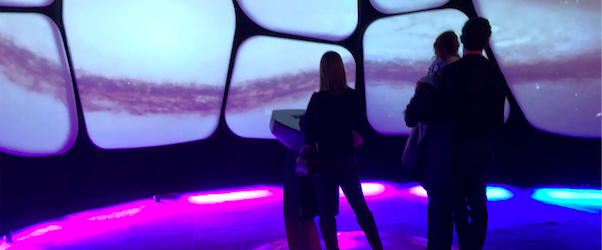COVID-19 is likely to exacerbate these three potential weak spots for cultural organizations. Here’s intel to identify and tackle them as soon as possible.
You don’t need to spend much time on a news website to spot an article about how the coronavirus pandemic is exposing cracks in everything from healthcare systems, to our food supply chains, to manufacturing, to philanthropy, to the broader economy, and seemingly everything in between. On a recent call with executives from two major cultural organizations in Philadelphia, one leader used the "cracks in the foundation" metaphor to...Never miss the latest read on industry data and analysis.
Already have an account? Sign In







